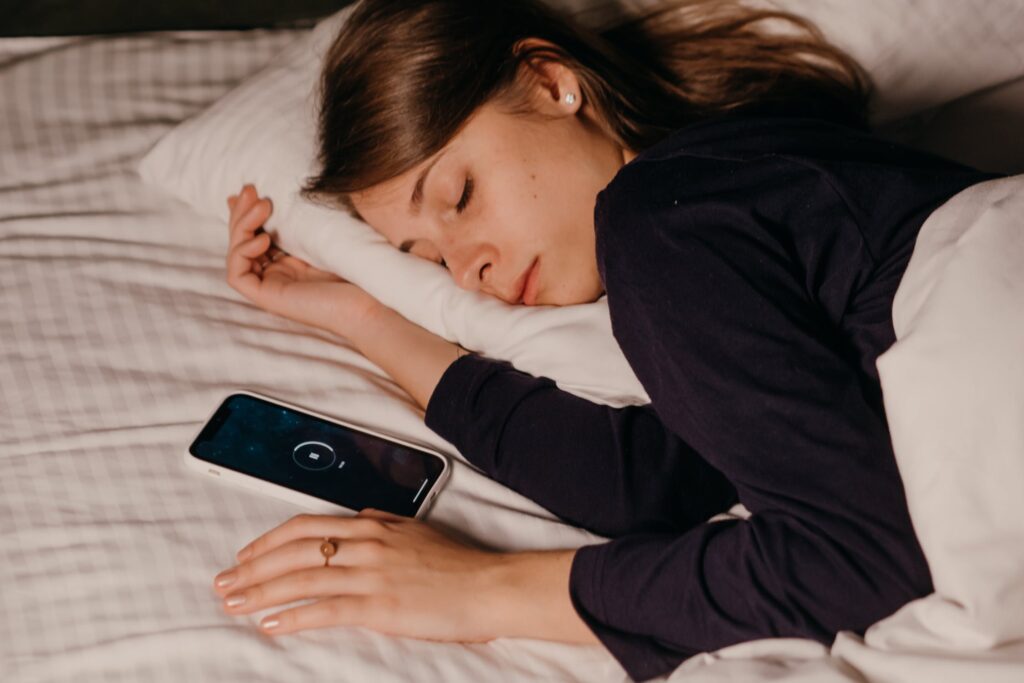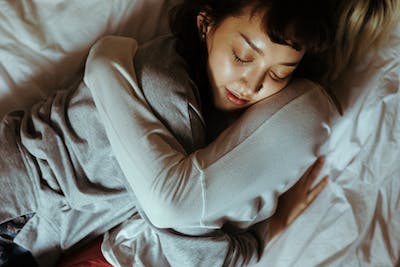Cycling is a low-impact aerobic exercise that offers many benefits. It also differs in passion, making it practical for all levels. Cycling can be used as a mode of transportation, for a periodic activity, or as a passionate and competitive activity.
Cycling is an outstanding workout that keeps you active. It helps in creating a healthy lifestyle, physically and mentally.
Good quality sleep is very important for the proper functioning of the brain and body. Not getting enough sleep makes you ill and, over time, can also significantly increase your risk of chronic health problems. You probably already know that there are many ways to improve your sleep, but did you know that cycling is one of them? To go biking?
Regular cycling has many sleep-promoting benefits that can help you sleep well at night and improve your overall health. If you need extra motivation to cycle, here are the top five reasons cycling can help you sleep better at night.
1. Cycling can help relieve back problems.

If you wake up every morning with back pain and stiffness, cycling can help you relax. Because it engages large muscle groups without putting additional strain on your back, cycling is an ideal way to work out sore muscles and sleep better without risking worse back pain. After a few weeks of regular cycling, your back muscles should strengthen and your joints will begin to move more freely, making it much easier to fall asleep and stay asleep.
Of course, cycling can’t do much for you and your sleep if you don’t have a good bed to support you so make sure your bed is comfy enough. Hoping on your bike a few hours a week would relax your body and help you fall asleep quicker.
2. Gentle on the joints & bones.

Some forms of aerobic exercises, such as running and cardio kickboxing, can put stress on your bones and joints, particularly if you are elderly and have arthritis or osteoporosis. Pain from these types of activities can easily keep you up at night and contribute to daytime sleepiness, mental confusion, and other negative side effects. Cycling, on the other hand, is an excellent, low-impact aerobic activity that limits the impact on commonly affected bones and joints, such as knees, hips, or feet. So when you go to bed every night, you suffer less from the aches, injuries, and joint pain associated with daily exercise.
Although cycling is a great form of exercise for people of all ages, no physical activity is without risk. Be aware of these common bike injuries and learn the different ways to prevent them.
3. Reduces back pain.

Likewise, anyone who has ever had back pain knows that it is very difficult to fall asleep with back pain. Whether your back pain is caused by poor posture, desk work, or a previous injury, cycling can help you fall asleep every night by relaxing your muscles and increasing blood flow throughout your body, which can reduce pain.
Indoor cycling is especially helpful if you suffer from chronic back pain as you can ride a bike without traversing rough, rough terrain that can aggravate your back. If you suffer from severe or chronic back pain, you should always consult your doctor before starting to start a new cycling routine. Depending on the cause of your chronic back pain, cycling may not be the best exercise option, but your doctor can help you determine what is.
4. It can help you deal with stress.

Stress is one of the most typical reasons for sleep denial. It can affect sleep quality and length of sleep per night because it contributes to higher levels of stress hormones like cortisol and adrenaline, which disrupt normal sleep patterns.
Whether it’s the stress you bring to the office or a problem you have at home, if you avoid managing chronic stress, you can develop serious physical or mental health problems over time. Fortunately, scientists have found that even 10-30 minutes of moderate-intensity exercise per day can significantly reduce symptoms of stress and anxiety. In fact, for some people, it can even be as effective as taking medication.
If you’re looking for a way to relieve stress, bicycling is a great non-invasive stress relief activity. It can improve energy levels, increase blood flow, and provide a fun way to interact with like-minded friends. And even in bad weather, you can train on the Vingo trainer.
5. May relieve symptoms of insomnia.

Various forms of aerobic exercises, such as bicycling, may also indirectly improve sleep quality. For example, obstructive sleep apnea, the most common sleep disorder that causes breathing to stop and start again and again during sleep, is often attributed to obesity.
Obstructive sleep apnea can cause excessive daytime sleepiness, snoring, headaches, mood swings, and many other harmful side effects due to sleep loss. Over time, chronic fatigue and irritability can take their toll.
Most people with OSA are overweight. However, moderate cardio, including exercise such as bicycling, can help you achieve and maintain a healthy weight, which can reduce symptoms of obstructive sleep apnea or your risk of developing OSA and chronic insomnia.
Conclusion:
Cycling has many positive side effects on sleep. When combined with other positive sleep hygiene practices and a healthy lifestyle, regular cycling can help you achieve more restful sleep and reduce common problems.

